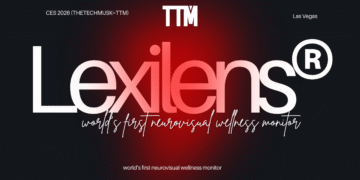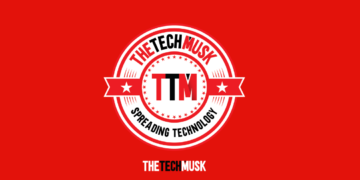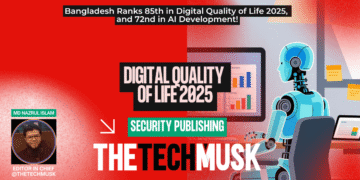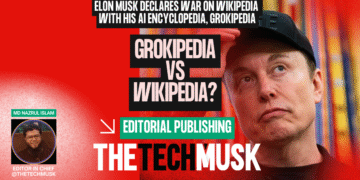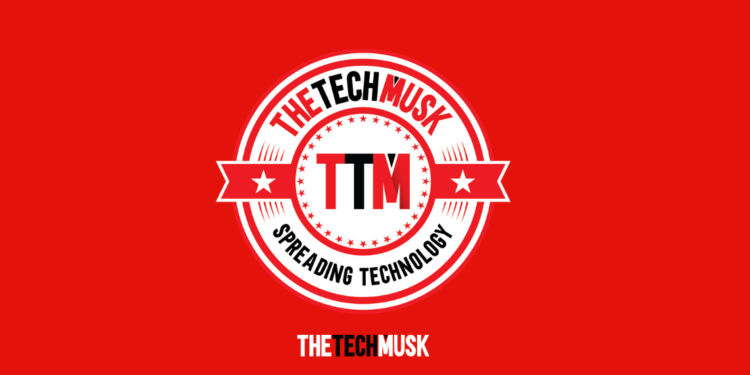Last week, an automation failure in the National Air Traffic Services (NATS) air traffic control system caused hundreds of thousands of people to have their flights delayed or cancelled. The chief executive of NATS said the failure was caused by flight data which its system didn’t understand and couldn’t interpret, leading air traffic controllers to revert to manual systems.
Tech innovation is exciting, life-enriching, and time-saving – when it works. Yet even the biggest players in the industry can miss the mark when they fail to update or test their products.
In the wake of one of the most significant air traffic control mishaps of the decade, leading UK software development firm, Propel Tech, highlights ten major tech failures over the past 10 years that left the public exposed, out of pocket or high and dry.
NHS Test and Trace
The 2020 £37bn NHS app was besieged with technical problems from the off, including speed, incompatibility, false notifications, and crashing. Fast forward to 2021, and a report released by the House of Commons’ Public Accounts Committee found the costly programme had failed to achieve its objective of cutting COVID-19 infection levels in the U.K.
Slack’s Public DM Feature
In 2021, the popular messaging platform Slack rolled out a new feature to improve cross-organisational communications. Problems arose when it became apparent unsolicited messages could be sent before individuals had accepted a connection invite, raising concerns of abuse and harassment. The feature was swiftly pulled.
Blackberry
Once the dominant player in the smartphone world until Apple took over in 2007, the brand’s attempt to re-engage its fanbase in 2013 with the BlackBerry 10 operating system and devices failed to catch on with consumers, leading the former comms giant to back out of the consumer market.
Microsoft Band
This tech leader’s attempt at joining the smartwatch party in 2014 didn’t quite work out, largely due to an uncompetitive price point with little to differentiate it from its competitors. In 2016 Microsoft halted sales of the devices, and the Band’s app was decommissioned in 2019.
Vine
When it launched in 2013, everyone was talking about Vine’s six-second looping videos, but the app – owned by Twitter – was shelved in 2017. Discontent arose when it failed to support its content creators with a lack of monetisation options, and the launch of Instagram, with its appealing 15-second videos, was the final nail in the coffin.
Apple iPhone 12 Mini
In 2020, Apple decided to add a mini version to its new iPhone 12 lineup. Sadly, the company overestimated the level of demand, and this, coupled with a battery that was reportedly below expectations, led to the short-lived phone being discontinued in 2022.
Amazon Spark
Spark was a ‘social commerce’ platform that folded in 2019 after just two years. The idea was that Amazon customers could upload content based on their purchases in a similar format to Pinterest and Instagram. However, the app, which was only available to Prime members, was deemed confusing and undiscoverable – it was hidden inside the Amazon app and wasn’t connected to the site’s product pages – and failed to gain traction.
Google Glass
Google’s wearable augmented reality glasses didn’t gain widespread adoption due to concerns about privacy, limited functionality and an unappealing price point. Google discontinued the consumer version of Google Glass in 2015.
Juicero
The high-tech juicing machine that attracted $120m investment faced criticism when it was revealed that the $400 machine’s exclusive pouches could be manually squeezed with bare hands. Juicero shut down in 2017 after only 18 months of trading.
Obamacare
The US launch of the highly anticipated healthcare.gov website, the primary platform for Americans to sign up for health insurance under the Affordable Care Act, was plagued by technical issues and poor performance. This led to a significant public outcry and critical delays in enrollment.
Andy Brown, Co-Founder and Director at Propel Tech, which specialises in the development of bespoke software solutions whilst maximising existing legacy technology, comments: “A common theme running through all of these disappointing tech launches is lack of planning and, in many cases, eagerness to get the products to market – with larger businesses even relying on brand loyalty over solid market research and UX process.
“Whatever tech investment a business – of any size – is making, be it hardware, software, a new website or app feature – a phased, multidisciplinary and comprehensive approach to planning and testing is critical to successful development and roll out.
“This process may delay a launch and throw out challenges that marketers may not wish to hear, but if any of the organisations cited above had taken a step back to fully understand their product, its performance and role in the market, they may have saved millions.”
Global IT spending is expected to increase by 2.4% this year, reaching $4.5 trillion, according to Gartner, yet a reported half of all companies are still wasting significant sums of their IT budgets on misplaced decisions. As a specialist IT firm that works with several key sectors, including retail, manufacturing, real estate, and automotive, Propel Tech has developed the ultimate tech investment checklist; seven crucial questions companies should be asking themselves to avoid making similar the same mistakes as some of the biggest names in tech with their own investments and innovations.

